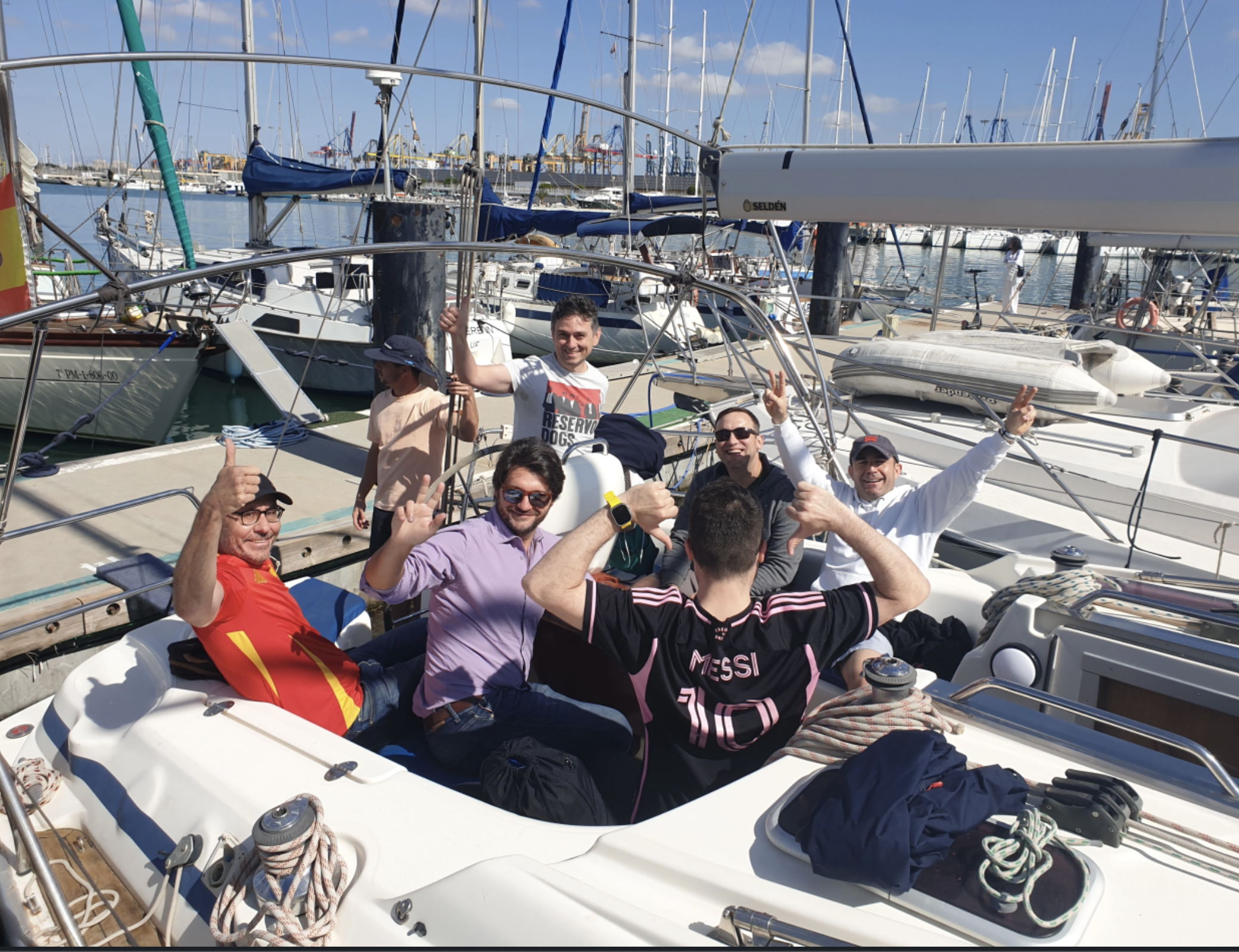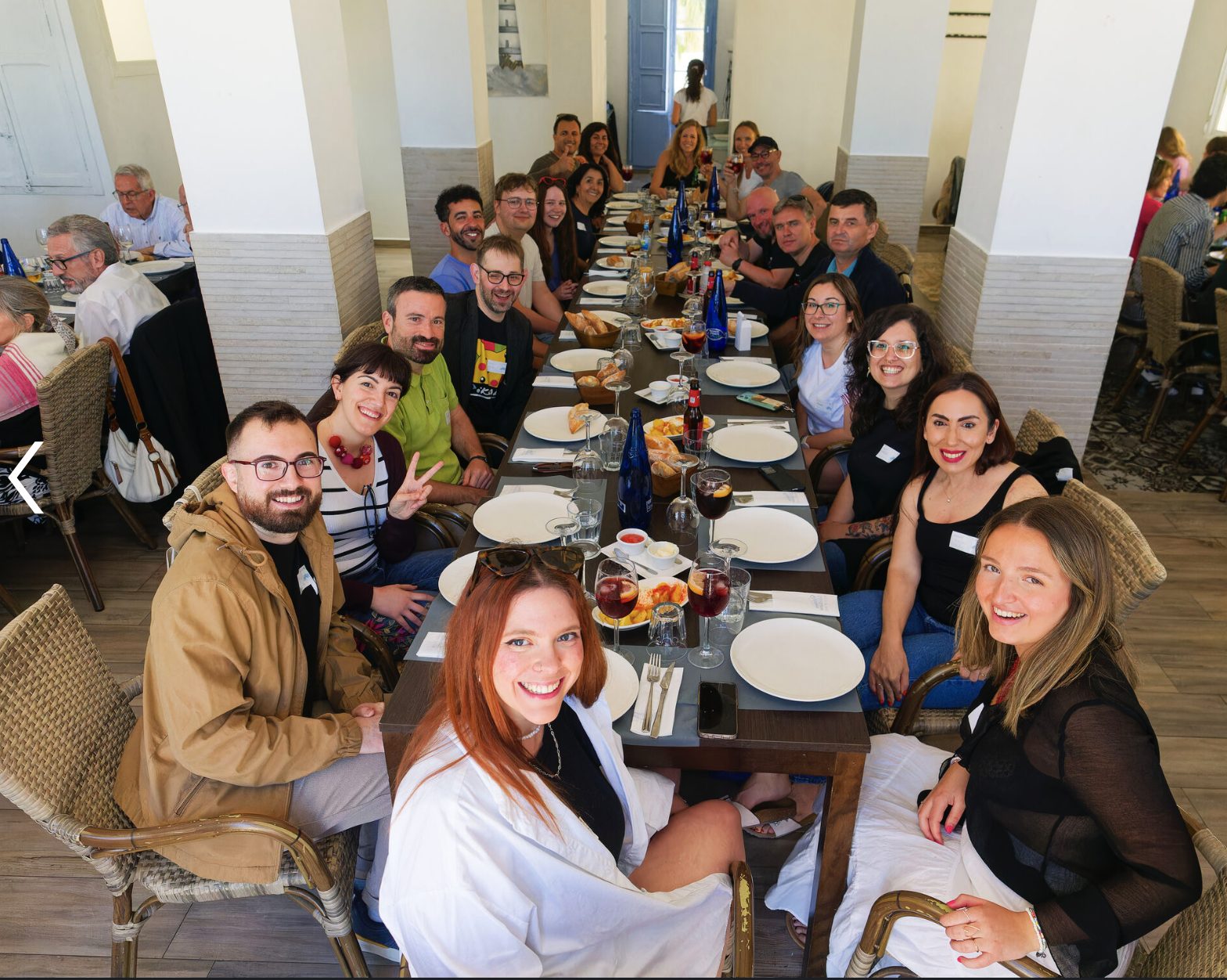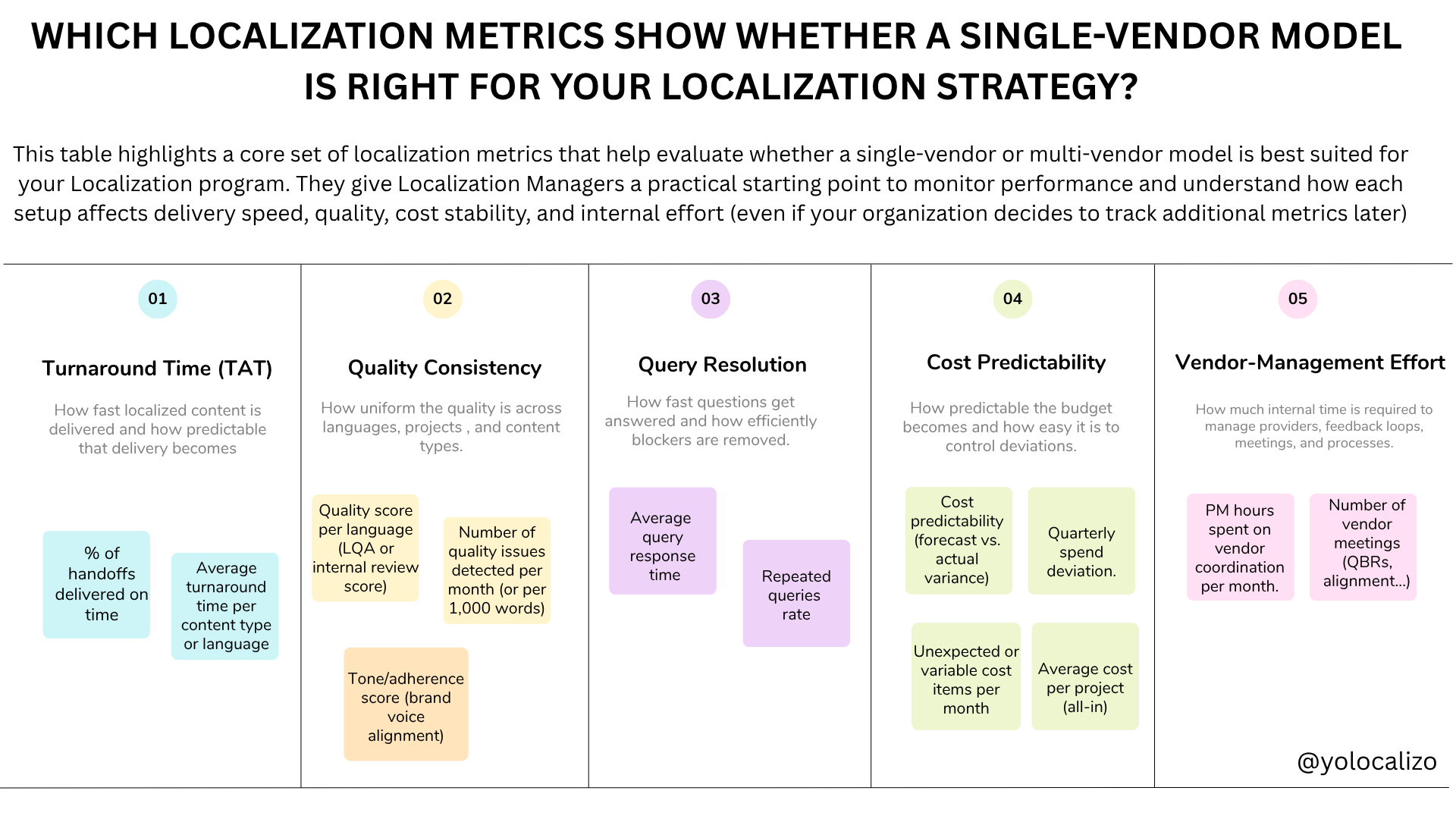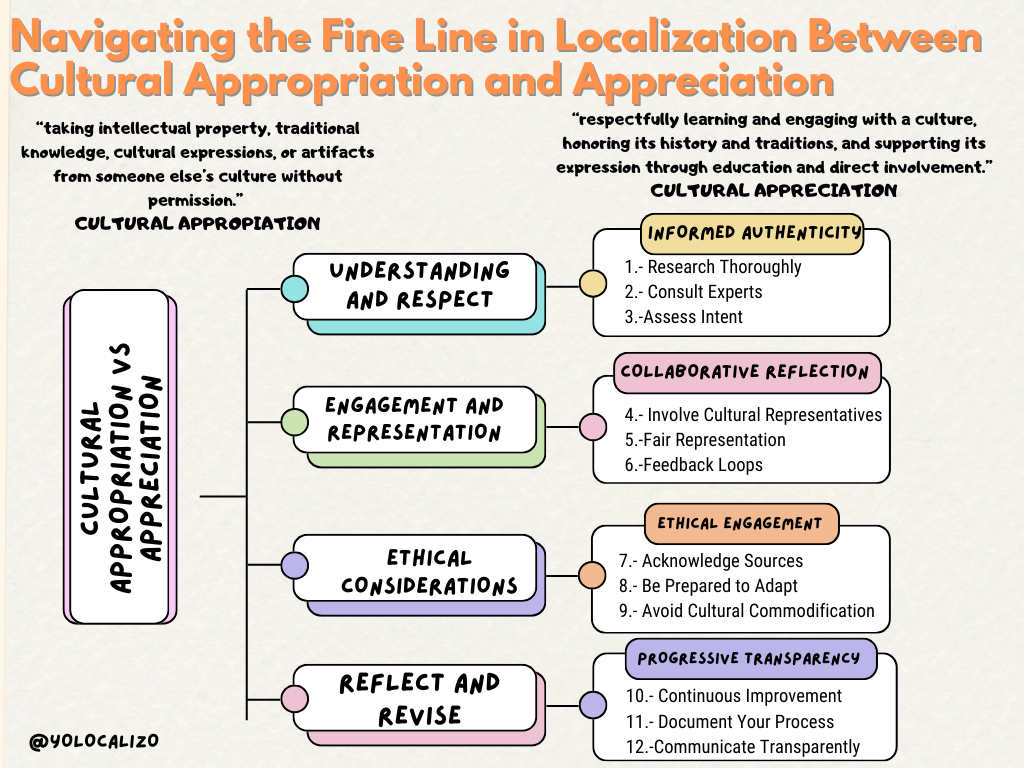The power of positive and negative together: The science of mental contrasting
A couple of weeks ago, I took advantage of the event that GALA was hosting this year in Valencia to connect with the localization community, particularly with all the activities organized around the Loclunch movement, which were extensive! Well done Beluga team!
It was a wonderful paella with views of a seemingly infinite Mediterranean from the restaurant's hall; it was a pleasant chat on the beach sitting in a huge circle enjoying the sun and a nice 20 degrees; it was some very enjoyable tapas in the Valencia Mercado de la Imprenta and of course, a pleasant trip (except for the seasickness from the waves) along the coast of the city of Valencia in a boat, and there were conversations, many conversations with colleagues from the industry.













Obviously, the main topic remains the main topic, a year and a half after the upheaval caused by the introduction of AI, of LLMs in general, and ChatGPT in particular, the topic is still AI.
It's true that the conversations are maturing. I don't know if I should say that the hype is passing, but it is true that the psychosis I perceived, for example, at the last edition of LocWorld in June, is not the same now. It may be skepticism, resignation, it may be optimism... or it might be a mixture of both. And that's what I realized while talking with people during those days.
On one side, there's the group of mega optimists, who believe AI will improve our work and our quality of life.
On the other hand, the pessimists say we might as well start looking for another job because if it's not this year, sooner rather than later, AI will put us out of work. Or pessimism from another angle: " There is so much talk about AI, but we continue to talk about what could be done instead of showing what has been done," implying that it's a bluff, something intangible and that in the end, we don't have many successful use cases.
And then there's a hybrid, sometimes optimistic and sometimes pessimistic, a battle between both. Depending on the day, we think one thing or another, and we have more questions than answers.
I believe I navigate this scenario, alternating optimism with skepticism. But without knowing it, reading this week the book A Beautiful Constraint by Adam Morgan and Mark Barden, I learned that this is actually a mental model, which I didn't know existed but which I loved reading more about, especially to have some kind of hint that I'm not going crazy for thinking different things every day!
This model is called "The Science of Mental Contrasting," and that's what I want to talk about this week in my post
The power of positive and negative together: The science of mental contrasting
The sweet spot for achieving something is when there is tension between the positive and the negative. This is something that we can use play in our favor also when we are navigating AI in the localization industry
A person must act to resolve the tension, and this is what powers behavior change. This strategy is called mental contrasting, and it has proven to be the most effective strategy when trying to lose weight, battle addiction, or improve academic performance, each of which requires considerable tenacity.
The book distinguishes between three approaches when considering how to reach a desired outcome.
Beautiful Constraint" flips the script on limitations, showing how they can drive creativity and innovation. With real-life examples and practical tips, it teaches how to turn constraints into advantages, making it a must-read for anyone looking to thrive in challenging circumstances. Like the times we are living now with AI in the Localization industry where everything is shaking, and we are not sure how things will look like in a couple of years
Amazon LINK
1.- INDULGING
The first is indulging: a mental state achieved by creating a vivid picture of what the future looks like when you have achieved your goal. Most of us tend to go to this place of fantasy quite readily; it is a quite seductive place to be. But it's easy to get stuck in fantasy, partly because our brains find it hard to distinguish fiction from reality. The fantasy gives us some of the psychological rewards of having done the thing itself, and so our motivation to act is reduced.
An example of this might be a custom bot we think we can create specifically designed to address the main challenges in localization, such as handling idiomatic expressions, cultural references, and formatting issues that vary widely across languages. The AI uses advanced natural language processing technologies to understand context, recognize cultural nuances, and automatically adapt content appropriately for different regions. Yes, wishful thinking, I know, but hey! we are in the indulging mindset!
2.- DWELLING
The second approach, dwelling, creates an equally powerful and fully realized picture of all that could go wrong along the journey. If you're naturally inclined to pessimism, this can be a seductive place, too, because it tells you that there is really no point in the whole exercise. It can be very hard to stop focusing on the negatives and start making positive changes. This is where the victim resides.
An example of this might be a localization team planning to integrate AI into their localization processes, focusing on the challenges of handling "complex language details like idioms and cultural references. However, instead of envisioning the potential benefits, they dwell on all the things that could go wrong.
In this situation, the team is very worried about the possibility that AI might not fully understand complex cultural details. They worry about the backlash from localization professionals who might see AI as a threat to their jobs, fearing widespread rejection within the industry.
3. -ACTIVE CONTRASTING
The third, more effective approach is the active contrast of indulging and dwelling: going back and forth between the two, tying together the promise of future rewards with the constraints and threats of today. The cognitive dissonance this sets up for people turns out to be the most effective driver of change. Because we can't easily live with that tension, it stimulates us to do what's necessary to move us toward resolution.
But what’s interesting to mention here is that mental contrasting, while critical, is just the emotional preparation for what comes next: the plan of action. The tension must be harnessed to action, which is what the psychologists call implementation intention. James Clear talks a lot also in his book Atomic Habits about this as the most successful recipe for succeeding in creating a habit. One thing is “I need to start going to the gym” and another very different is to say “I will go to the gym every Mon and Wed and Friday from 8 am to 9:30”
Making specific, concrete plans for what you will do and then doing it resolves the tension and starts the ball rolling. Success is never letting our indulging or our dwelling get the upper hand but keeping the tension between them high and using it to drive action.
Following the above analogies, this might be, for example, a Localization team considering integrating AI into their localization processes. The team starts by envisioning the transformative potential of AI in localization, imagining a system that flawlessly understands and adapts to cultural nuances across languages, significantly reducing time and errors in localization projects. They see this AI as a tool that could revolutionize the industry, winning awards and capturing new markets!
Simultaneously, they critically assess what could go wrong. They acknowledge the risks of AI misunderstanding cultural contexts, potential backlash from localization professionals, and the substantial investment required without guaranteed returns. They consider the ethical dilemmas of automated decisions and the technological challenges that might arise.
This dual perspective creates a productive tension. The excitement about AI’s potential drives them forward, while awareness of the risks keeps them grounded. It leads them to develop a phased approach to AI integration: (the implementation intention)
1. Initial Research and Development Phase: They start with controlled, small-scale projects to test AI’s capabilities in handling different linguistic and cultural scenarios, allowing for adjustments based on feedback and observed performance.
2. Stakeholder Engagement: They involve localization professionals early in the process, addressing their concerns and incorporating their insights, thus mitigating resistance and enhancing the AI's design with expert knowledge.
3. Ethical and Quality Standards: They establish clear ethical guidelines and quality control processes to ensure the AI adheres to cultural sensitivity and accuracy, preventing potential missteps.
4. Gradual Implementation: They roll out the AI in stages, starting with less sensitive content to build trust and refine the system, before expanding to more critical materials.
This active contrasting mindset—balancing potential benefits and risks—encourages the team to take calculated steps, ensuring innovation and careful risk management. This approach not only mitigates potential problems but also maximizes the likelihood of success, driving the company towards a viable and effective AI integration in localization.
Summary
In conclusion, the conversation about AI in the localization industry is complex and changing. People have different views, from very positive to very skeptical. As we deal with both the exciting possibilities and the challenges of AI, it's important to find a balanced way forward. By thinking about both the benefits and the risks—what it’s call mental contrasting—we can use this balance to make careful and well-planned actions. This approach doesn't just prepare us for a future where AI is important in localization but also makes sure our progress is thoughtful and based on realistic views. This balanced way of thinking will likely shape how the localization industry adopts AI, aiming to enhance human work with technology rather than replace it.














This feels like a pivotal moment. Localization teams are being asked to support more markets, move faster, use AI responsibly, and show impact, not just output. Expectations are higher than ever, but many teams are still trained mainly for execution. We are strong at delivering localization work, yet we often struggle to move from output to outcome and to clearly explain the impact of what we do.